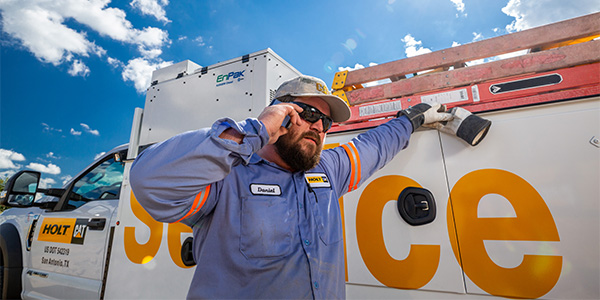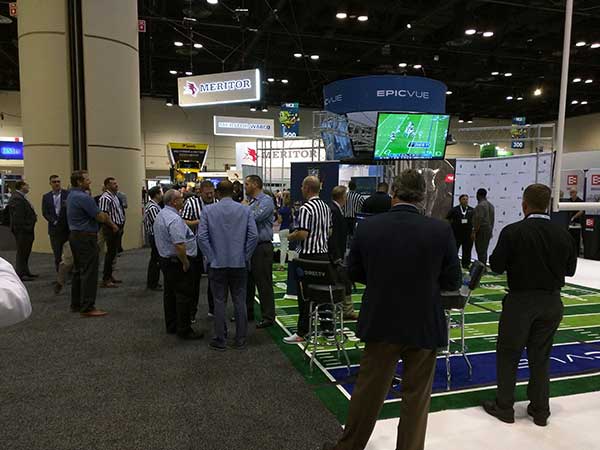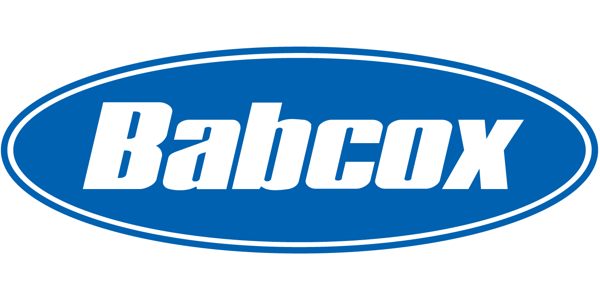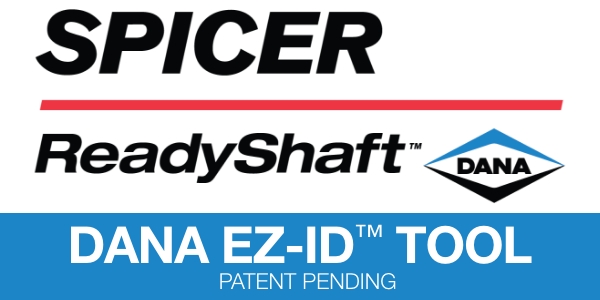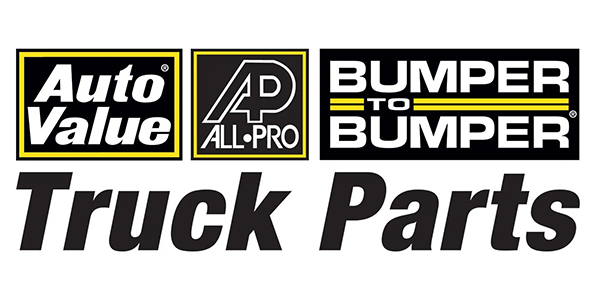With more extreme temperatures becoming the norm, service technicians may sit in their truck cabs more often to cool off or warm up and take a break from harsh weather conditions. This results in more truck idling across your fleet.
Having a cooled or heated truck cab to duck into plays a big role in technician comfort and productivity — not to mention in their job satisfaction and retention. Proper climate control inside the cab is also better for the tools and electronics, like laptops and tablets, that techs rely on to get necessary information for their work.
But several of the current options for heating and cooling a service truck cab pose challenges that can result in hassles for the tech — and increased costs for your truck fleet.
Consider these examples:
- Trucks with a PTO system require the truck engine to run for many things — not only to provide power for tools and equipment on the jobsite but also to heat and cool the truck cab. This increases engine idle time and drives up fuel costs just to keep the cab comfortable.
- When a truck uses an all-in-one power solution, this eliminates the need to idle the truck engine to power tools or equipment. But some all-in-ones may still require truck engine idling in order to heat or cool the cab.
- Other cab heating and cooling solutions require costly cab modifications that can impact a truck’s resale value.
Challenges of cab heating and cooling solutions
So how do these issues impact your bottom line and technician comfort? Read more about three common challenges:
- Controlling engine idle time: You may want to reduce truck idle time to save fuel and control costs in your operation. But when you use a heating and cooling solution that requires the truck engine to idle, it adds to overall idle time and fuel costs. Even if you’re taking advantage of idle reduction strategies — such as preprogramming options on the truck that restrict idling, perhaps only allowing idling when the outside temperature falls within a set range — this can still result in the truck engine idling much of the time to maintain a comfortable and safe temperature for your techs. Many of these solutions are inefficient for you to manage, and they may not even provide proper cab heating and cooling for techs on the jobsite.
- Costly cab modifications: Many of the aftermarket options available for cab climate control require extensive modifications. This might include cutting holes in the truck cab to plumb equipment into the space. Not only are these options costly, but they also introduce the risk of damaging the cab. Modifications can also affect the resale or trade-in value of the vehicle down the road. In addition, some of these aftermarket solutions use a lot of cab space, taking away space that techs may want for storage of electronics and tools.
- Poor truck cab comfort: If idling the truck engine or modifying the cab aren’t possible to heat or cool the cab, techs may resort to lower-cost, less intrusive options to stay comfortable. For example, they may put up a small tent to provide shade protection or use a small bullet heater for warmth or an air conditioner powered off the truck or generator for cooling. These options may involve less investment than others, but they still add to your operational costs. And at the end of the day, they often don’t provide the level of comfort that techs want and need in extreme conditions.
Improving technician comfort on the jobsite
Technician comfort and safety are obvious priorities, but you also likely want to reduce costs and cut down on truck engine idling. Some options for heating and cooling a service truck cab make this balancing act more difficult because they are costly or don’t actually provide optimized comfort. Instead, look for integrated cab heating and cooling solutions. Learn how CabEn™ Climate Solutions from Miller can deliver reduced truck idling, less fuel use and the easy climate control that techs want.

